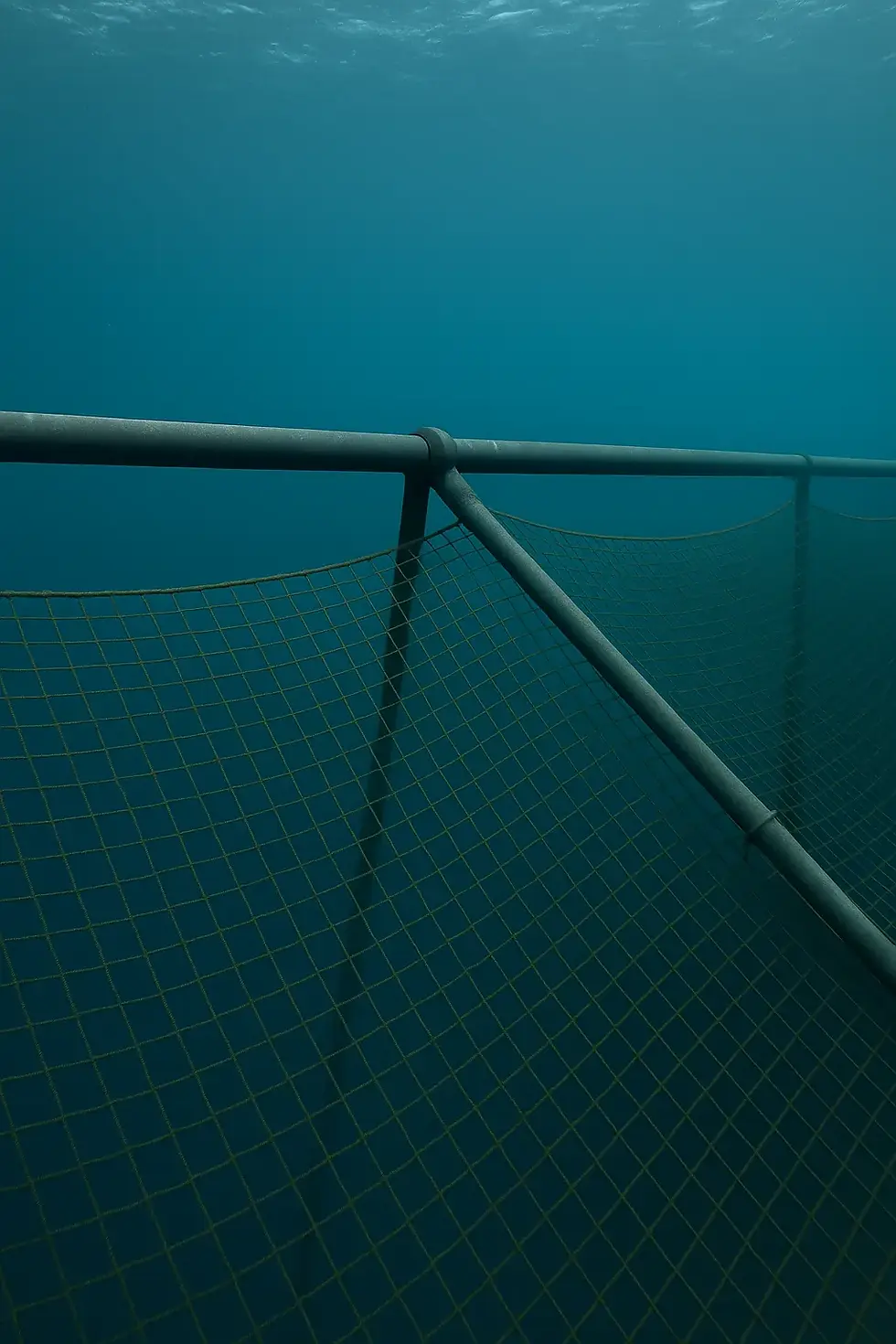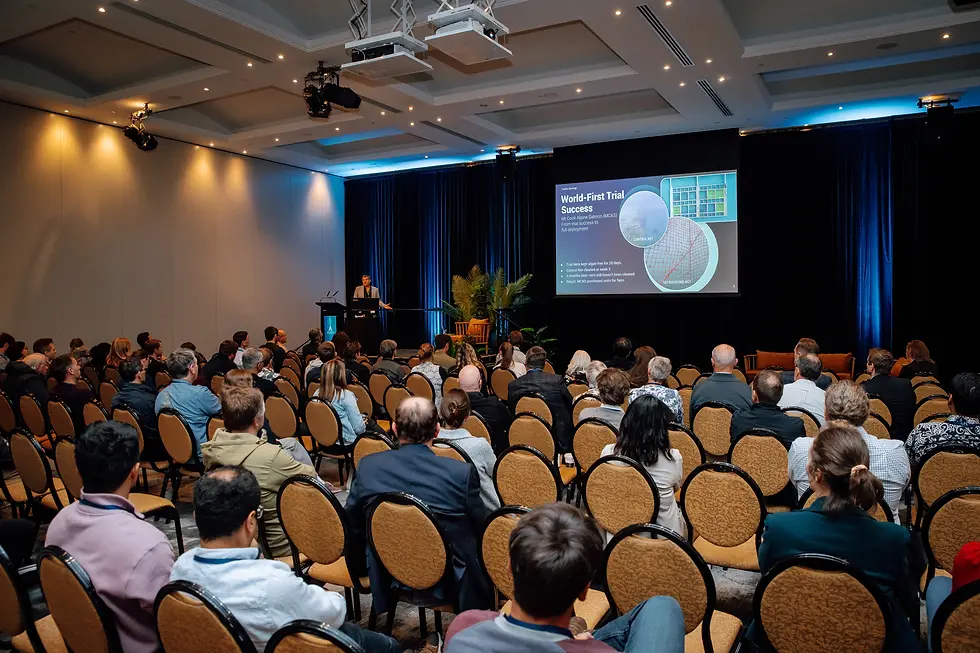Understanding Eutrophication: Innovative Algae Control with Hydro Synergy Solutions
- Ric Church
- Dec 24, 2024
- 2 min read
Updated: May 26
Eutrophication is a pressing environmental issue characterised by nutrient overload in water bodies, leading to excessive algae growth and detrimental effects on aquatic ecosystems. At Hydro Synergy, we provide advanced solutions for algae management that address these challenges effectively.
What is Eutrophication?
Eutrophication occurs when water bodies receive excess nutrients, primarily nitrogen and phosphorus, which stimulate rapid algae growth. While some algae are beneficial, harmful algal blooms (HABs) can disrupt ecosystems, deplete oxygen levels, and produce toxins that threaten aquatic life and human health.
Causes of Eutrophication
The causes of eutrophication can be categorized into natural processes and human activities:
Natural Processes: Over time, lakes and rivers naturally accumulate nutrients from their surroundings, contributing to gradual eutrophication.
Human Activities: The acceleration of this process is mainly due to anthropogenic factors:
Agricultural Runoff: Fertilizers used in farming often wash into waterways during rain, introducing high nutrient levels.
Urban Runoff: Stormwater from urban areas carries pollutants, including lawn fertiliser.
Wastewater Discharge: Untreated sewage contributes significant nutrient loads to rivers and lakes.
Industrial Discharges: Wastewater from industries can also introduce excess nutrients into aquatic systems.

Effects of Eutrophication
The impacts of eutrophication are extensive:
Algal Blooms: Rapid algae growth can block sunlight and disrupt photosynthesis in underwater plants. Some blooms produce toxins harmful to aquatic life and humans.
Oxygen Depletion: As algae die and decompose, they consume oxygen in the water, leading to hypoxia that can kill fish.
Water Quality Deterioration: Eutrophication produces murky waters with foul odours (geosmin), making them unsuitable for recreation and affecting drinking water supplies.
Economic Impacts: Declining fish populations affect local fisheries and recreational activities, leading to economic losses for communities reliant on these resources.
Hydro Synergy Solutions for Eutrophication Algae Control
At Hydro Synergy, we provide advanced solutions for Eutrophication Algae Control that address these challenges effectively, mainly through our ultrasonic algae control technology. This method utilises high-frequency sound waves to disrupt algae growth without harming the surrounding ecosystem.
Key benefits include:
Eco-Friendly Approach: Our ultrasonic technology is a chemical-free solution that supports sustainable practices in water management.
Cost-Effective Operations: Our solutions enhance operational efficiency for industries such as water treatment and mining by reducing maintenance costs associated with algal blooms.
Real-Time Water Quality Monitoring: Hydro Synergy also provides remote water quality monitoring systems that enable proactive management of water resources. These systems deliver real-time insights into increased alga cell count, pH, turbidity, and dissolved oxygen levels.
Comprehensive Water Management Strategies
Beyond algae control, Hydro Synergy’s approach includes:
Preventing Biofouling: Our technologies help combat biofilm formation, protecting infrastructure from clogging and ensuring optimal performance.
Sustainable Practices in Mining: As the mining industry shifts towards more sustainable practices, our solutions support compliance with environmental regulations while enhancing water quality management.
Reduced Chemical Use: Ultrasonics can significantly impact excessive reliance on chemicals to bring water quality up to an acceptable standard, whether wastewater and stormwater discharge or drinking water quality.
Eutrophication presents significant challenges to aquatic ecosystems worldwide. However, we can effectively manage algal growth and promote healthier water bodies with innovative solutions like Hydro Synergy’s ultrasonic algae control technology and comprehensive water quality monitoring systems. By prioritising sustainable practices in water management, we contribute to the long-term health of our environment and communities.




Comments